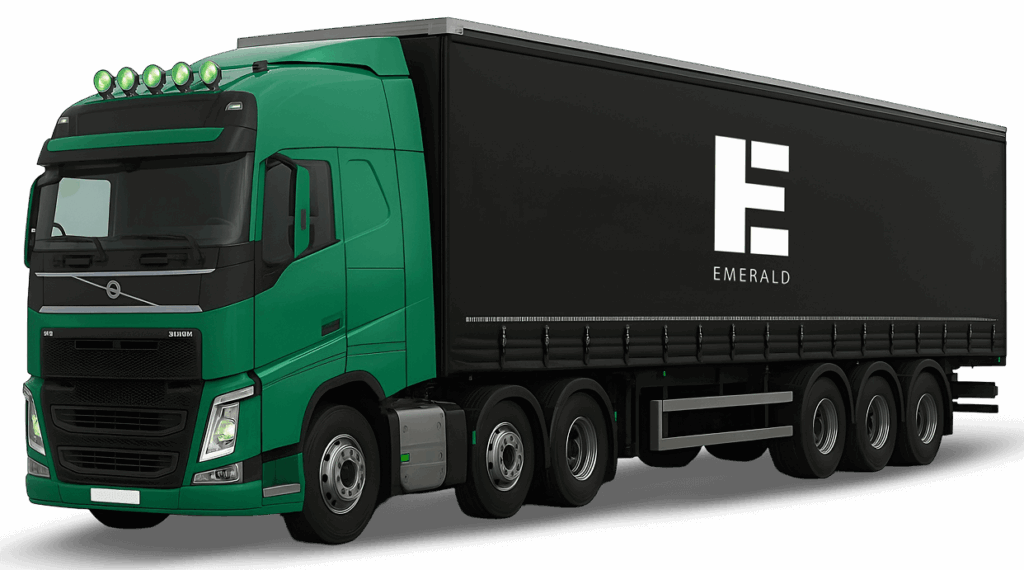Setting up a retail store is much more than just choosing the right location and stocking shelves. One of the most critical and often underestimated parts of launching or refreshing a retail space is equipment installation. Whether you’re opening a new store, renovating an existing one, or rolling out a nationwide retail chain, having a well-structured checklist ensures that installations go smoothly, timelines are met, and costs remain under control.
In this guide, we’ll walk you through the ultimate checklist for retail equipment installations from pre-planning to post-installation checks so you can create a store that’s functional, compliant, and ready to welcome customers.
1. Pre-Installation Planning
Before any tools come out of the box, proper planning is essential. This stage sets the foundation for the entire project and prevents costly mistakes down the line.
1. Site Assessment
- Measure the space accurately: Get precise dimensions for walls, floor space, ceiling height, and entry points.
- Check for power and plumbing: Ensure outlets, wiring, and water lines are in the correct locations.
- Assess accessibility: Consider space for customers, staff movement, and ADA compliance.
2. Finalize Store Layout
- Create a detailed floor plan: Map out where each piece of equipment, shelving, or fixture will go.
- Plan customer flow: Design the space to guide shoppers through key product areas and encourage purchases.
- Consider future scalability: Leave room for potential equipment upgrades or layout changes.
3. Obtain Necessary Permits
Depending on your location and the nature of the installations, you may need:
- Electrical or plumbing permits
- Health and safety certifications
- Local government approvals
2. Procurement and Inventory Checks
Once the groundwork is laid, it’s time to ensure all the right equipment and components are on hand.
1. Equipment and Fixture Verification
- Double-check that all items match the project specifications (size, brand, model, etc.).
- Inspect shipments for damage before moving them to the site.
- Keep spare parts, tools, and accessories on standby.
2. Delivery Coordination
- Schedule deliveries according to the project timeline.
- Make sure large equipment arrives when installation teams are available.
- Arrange safe, weather-protected storage if installation is delayed.
3. Preparing the Site
A clean, safe, and well-prepared site ensures installation goes smoothly without unnecessary disruptions.
1. Site Readiness Checklist
- Remove any old fixtures, debris, or unused materials.
- Confirm that electrical, plumbing, and HVAC systems are fully functional.
- Mark installation zones with clear signage for workers.
- Ensure flooring and walls are finished before equipment arrives.
4. Installation Process Checklist
Now comes the core part of the project getting the equipment into place and ready for use.
1. Step-by-Step Installation Guide
- Positioning: Move equipment to designated locations according to the floor plan.
- Assembly: Follow manufacturer instructions for assembling racks, counters, kiosks, and displays.
- Wiring & Connections: Safely connect electrical, plumbing, and network components.
- Calibration & Configuration: Adjust machines, POS systems, or refrigeration units to operational standards.
- Safety Checks: Verify that installations comply with safety codes and store policies.
2. Coordination and Supervision
- Have a dedicated project manager on-site to oversee progress.
- Maintain clear communication between installation crews, electricians, and other contractors.
- Document installation progress with photos and reports for future reference.
Also, learn more about the How Logistics Minimize Store Refit Downtime (Internal Blog Link)
5. Post-Installation Inspection and Testing
The job isn’t done once the equipment is bolted down. Rigorous testing ensures everything works perfectly before the store goes live.
1. Inspection Checklist
- Operational Testing: Run each piece of equipment to confirm functionality.
- Safety Testing: Ensure emergency shutoffs, fire suppression systems, and alarms work correctly.
- Aesthetic Review: Check alignment, spacing, and finish for a professional appearance.
- Labeling & Documentation: Tag equipment with maintenance schedules, warranty details, and usage instructions.
6. Staff Training and Handover
Even the most advanced retail equipment is only effective if your team knows how to use it.
1. Training Essentials
- Provide hands-on demonstrations for store staff.
- Share maintenance and troubleshooting guides.
- Train employees on safety protocols and operational best practices.
2. Final Handover
- Deliver all equipment manuals and documentation.
- Sign off on installation checklists and compliance reports.
- Obtain final client approval before opening or reopening the store.
7. Ongoing Maintenance and Support
Retail environments are high-traffic areas, so regular maintenance is crucial to keep equipment running smoothly.
1. Maintenance Tips
- Schedule periodic inspections and servicing.
- Keep a record of all maintenance activities.
- Partner with a reliable support provider for quick repairs and upgrades.
Final Thoughts
A successful retail equipment installation isn’t just about putting fixtures in place it’s about creating a functional, customer-friendly environment that supports sales and enhances brand experience. By following a structured checklist approach, retailers can minimize downtime, avoid costly mistakes, and ensure every piece of equipment works perfectly from day one.

